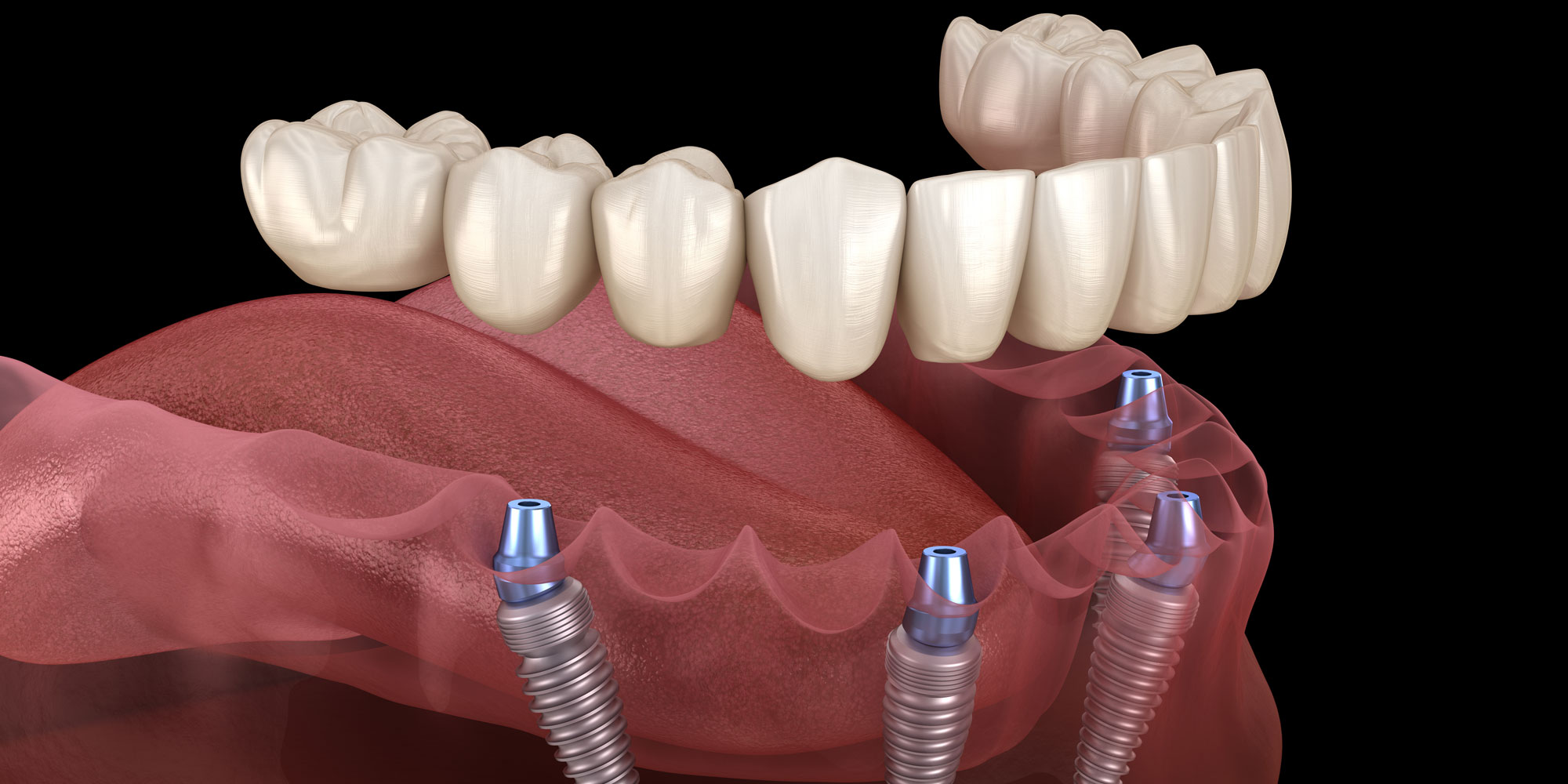Dental Sense for Dummies
Table of ContentsExamine This Report about Dental SenseThe Best Guide To Dental SenseThings about Dental SenseThe Best Guide To Dental Sense
are clinical tools operatively dental implanted right into the jaw to bring back a person's ability to chew or their look. They offer assistance for fabricated (fake) teeth, such as crowns, bridges, or dentures. When a tooth is shed due to injury or illness, a person can experience problems such as rapid bone loss, malfunctioning speech, or adjustments to eating patterns that lead to discomfort.Oral dental implant systems include a dental implant body and oral implant joint and may additionally consist of an abutment addiction screw. Cosmetic dentistry services. The oral implant body is surgically put in the jawbone in area of the tooth's root. The oral implant joint is generally connected to the implant body by the joint fixation screw and expands with gums right into the mouth to support the affixed artificial teeth
(https://justpaste.it/hj6ob)Framework of The Dental Implant System selecting dental implants, speak to your dental company regarding the possible benefits and risks, and whether you are a candidate for the treatment. Points to take into consideration: Your general health and wellness is an important consider determining whether you are a good candidate for oral implants, the length of time it will certainly take to heal, and how long the dental implant might remain in location.
Smoking cigarettes might impact the healing procedure and lower the long-lasting success of the implant. The recovery process for the implant body might take numerous months or longer, throughout which time you commonly have a short-lived joint in location of the tooth. the dental implant procedure: Meticulously adhere to the dental hygiene guidelines provided to you by your dental provider.
The 6-Second Trick For Dental Sense
Implant failing can lead to the demand for one more surgery to take care of or change the implant system. Brings back the ability to chew Brings back cosmetic appearance Aids keep the jawbone from diminishing as a result of bone loss Preserves the health and wellness of the bordering bone and gums Aids maintain adjacent (close-by) teeth secure Improves top quality of life Damage to bordering all-natural teeth throughout implant placement Injury to the surrounding cells throughout surgical treatment, such as sinus opening Injury throughout surgery (for instance, crack of bordering jawbone) Poor feature, such as really feeling like the teeth do not attack together typically A sensation that the tooth is loosened or twisting in location arising from a joint screw loosening Implant body failure (looseness of the dental implant body) due to systemic infection, which might be more probable in individuals with unrestrained diabetes because of neighborhood infection in bone and periodontals supporting the dental implant body due to delayed recovery, which may be more probable in patients that smoke Problem cleaning the gum tissues around the dental implant, leading to poor dental hygiene Untreated periodontal disease Post-surgical pins and needles as a result of nerve impingement or damage Always inform health treatment suppliers and imaging service technicians that you have oral implants prior to any magnetic resonance imaging (MRI) or x-ray procedures.
FDA is not aware of any kind of adverse events reported for MRI or x-ray treatments with oral implants. Oral implants systems are commonly made from materials that comply with global agreement criteria of the International Company for Standardization (ISO) or ASTM International. These requirements have details of what makes a secure material.

A dental implant is a framework that replaces a missing tooth. With screw-like tools, the cosmetic surgeon inserts a dental implant into the jawbone, and it functions as a support for a man-made tooth, called a crown. A device called an abutment connects the man-made tooth to the dental implant. The crown is tailor-made to fit the individual's mouth and match the color of their teeth.
Little Known Facts About Dental Sense.
Some people are not eligible for dental implant surgical treatment. It is for dental doctors to operate individuals with: severe illnessuncontrollable metabolic diseasebone or soft tissue illness or infectionIf these concerns are solved, an individual can have the surgical treatment. In, dental cosmetic surgeons avoid operating on people with: If people with any one of the above undertake oral implant surgical treatment, there is a higher risk of the dental implant falling short.

Oral implant surgical procedure is a tailored procedure. Provide you time to heal. Attach the message and last crown, bridge or denture.
Next, your cosmetic surgeon will thoroughly put the dental implant into your jaw. Your specialist will rearrange your gum tissues and shut the cut with stitches. If your dental implant is near the front of your mouth, your dental expert will make a short-lived tooth for you to use up until you recover. By doing this, you will not have a gap in your smile while you recuperate.
Rumored Buzz on Dental Sense
Throughout the recovery phase, your jawbone needs to fuse to the oral implant. This process click this link can take anywhere from three to nine months.
Once your dental implant heals, your dental practitioner can attach the abutment (small connector message) and your final reconstruction (crown, bridge or denture). This usually takes concerning one hour to finish and may call for a second minor surgical treatment. You shouldn't feel any kind of pain during your oral implant treatment due to the fact that your provider will certainly use medicine to numb your gums.